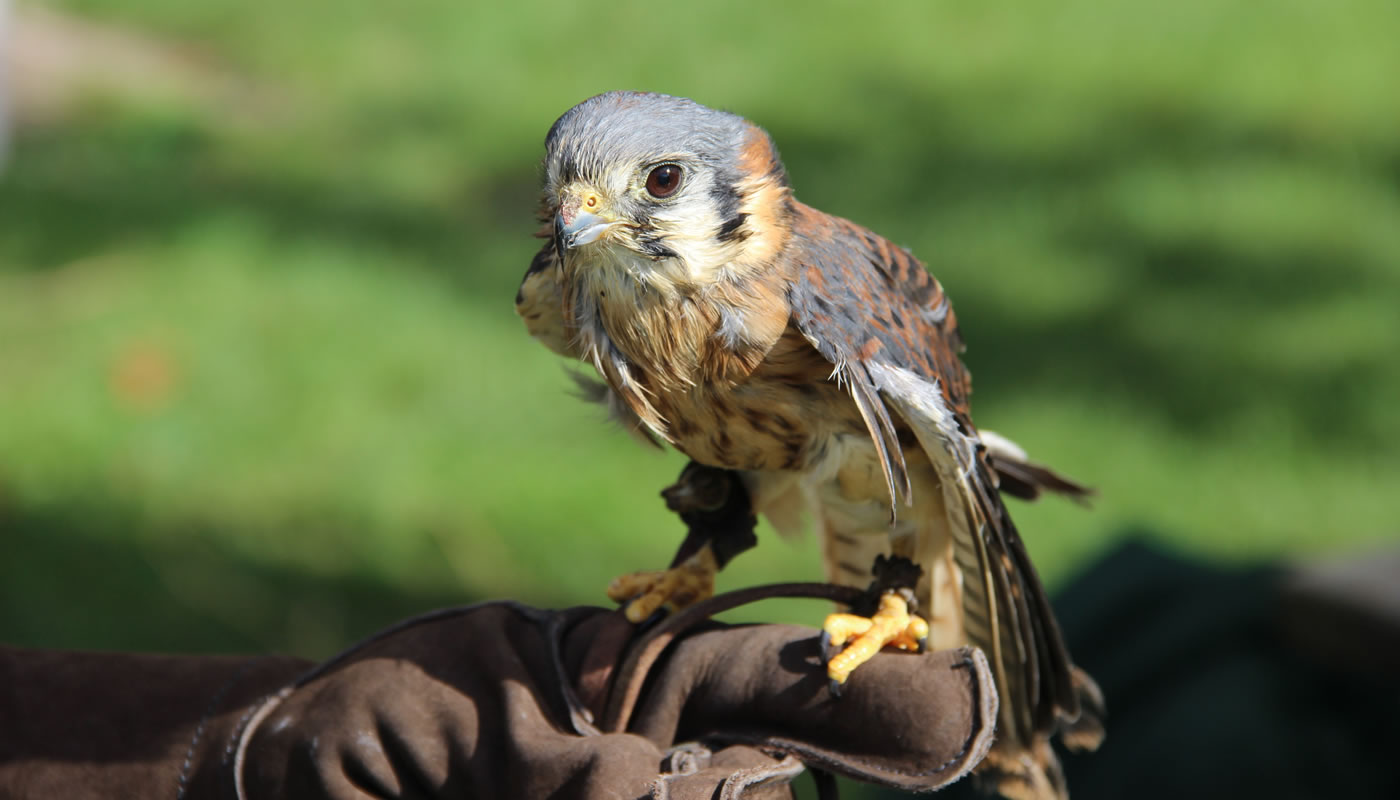Perched atop telephone wires or hovering overhead, some Forest Preserves visitors may have spotted a tiny, colorful raptor known as the American kestrel. What Wildlife Biologist Chuck Rizzo considers to be a “charismatic predator,” kestrels are the smallest raptor in the United States.
Although this small raptor was once considered a common bird to see, its population has been declining. To help understand the reasons behind the decline, researchers are collecting data that can be contributed to the American Kestrel Partnership.
“While there is a lot of information known about kestrels, there is still much more to learn. Their population has been declining, and researchers are trying to figure out why,” explained Rizzo.
Last summer, Rizzo learned about the Forest Preserve District of Kane County’s kestrel box program. After assisting with banding kestrels and talking with staff, he was excited to bring the program to the Forest Preserves of Cook County.
Forest Preserves carpenters constructed kestrel boxes, and staff wildlife biologists placed 12 of them throughout the Preserves. Locations were based on a number of factors, including quality of habitat, a history of kestrels using the area, and presence of viable food sources for these birds of prey.
Forest Preserves wildlife biologists will monitor kestrel activity at these sites, recording nesting data and taking blood samples. Some kestrels will be banded to track their movement.
“Ideally, we will hook our information into the American Kestrel Partnership, and contribute to their data so they can analyze it,” said Rizzo. “We’re really excited about being a partner in the program, and hope to be able to help in any way.”
Some of the kestrel boxes can be seen using binoculars at Crabtree Nature Center, Sagawau Environmental Learning Center, Miller Meadow and Paul Douglas Forest Preserve. Visitors should stay on the trails and be sure to not disturb the boxes.

